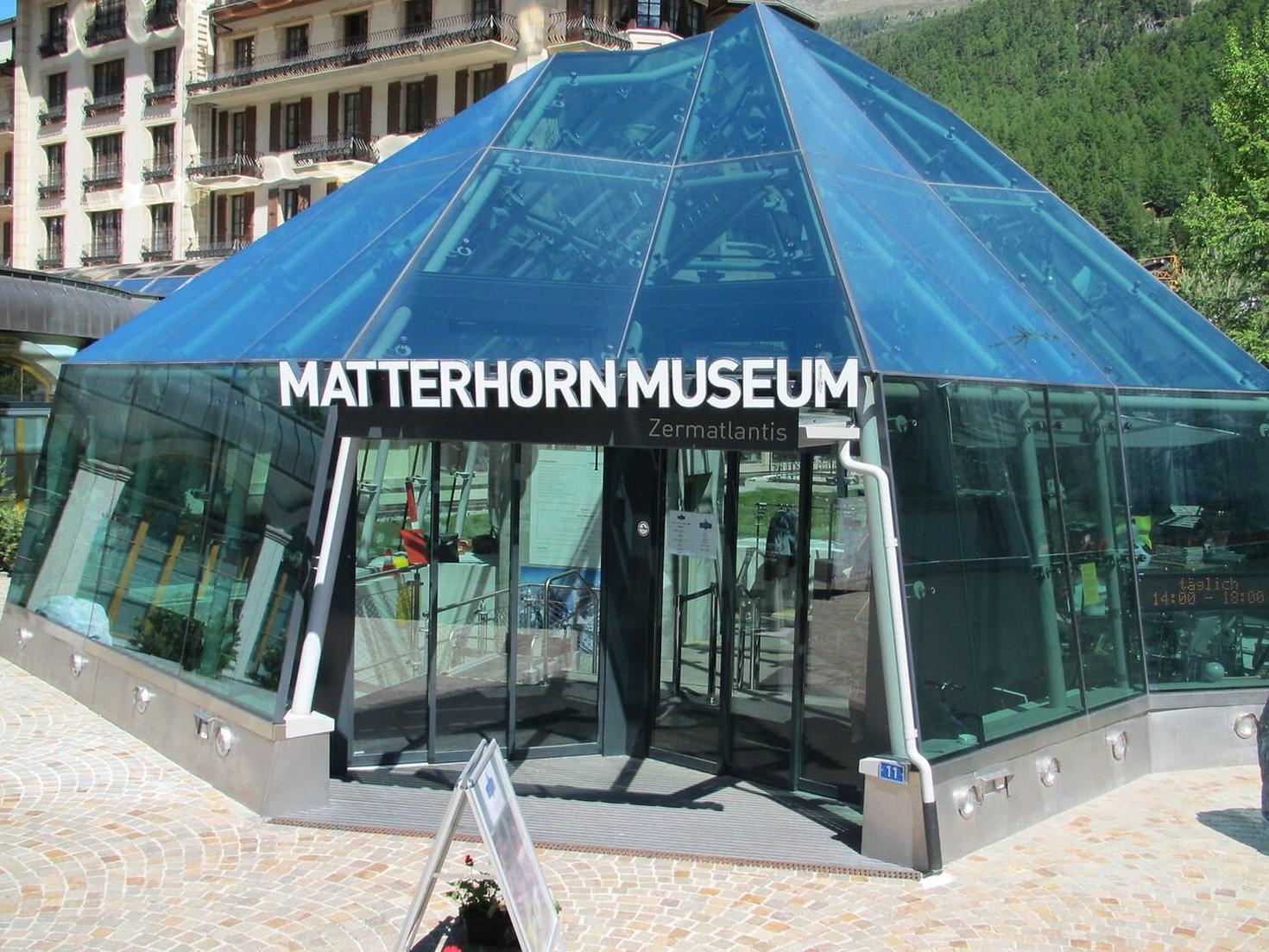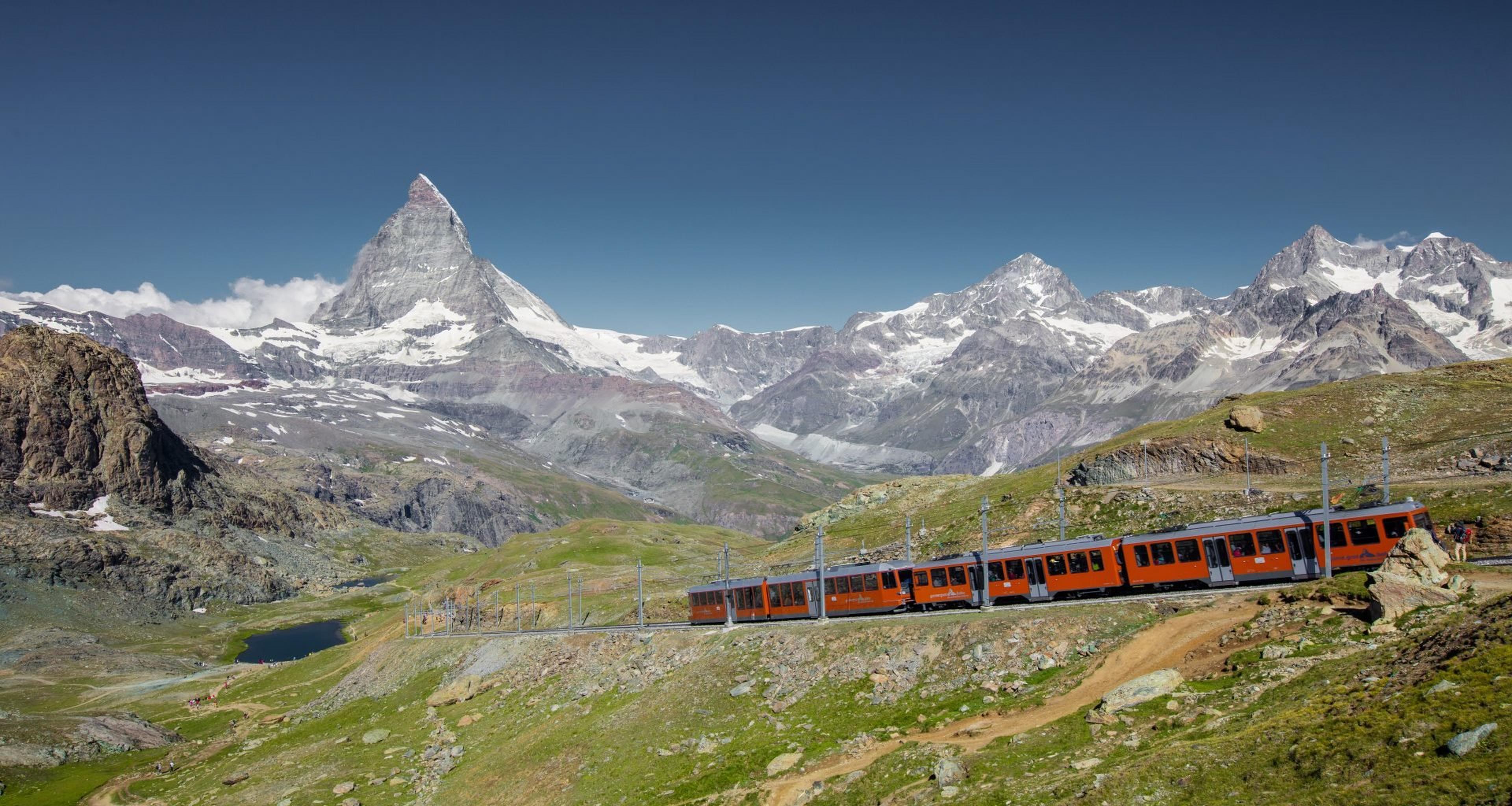
Tradition & culture
The Zermatt – Matterhorn destination is keen to preserve its Alpine character and embodies a down-to-earth approach.
Tradition and Alpine heritage in Zermatt
Zermatt is packed with tradition and culture at every turn. For generations, Zermatt mountain guides and ski instructors have been guiding visitors to the lofty heights. The Zermatt folklore summer is also legendary.
Zermatt's Alpine expertise is unique in the world. Zermatt mountain guides have been travelling the world for generations. At the Zermatt Folklore Summer, featuring Schwyzerörgeli accordion players, yodellers, flag-wavers and traditional dancers. Is someone ‘naaagging’? Just whip out your camera. Then it's the Zermatt goat parade.

Underground history of Zermatt
Matterhorn Museum - Zermatlantis
The subterranean world of the Matterhorn Museum – Zermatlantis reveals the history of the village of Zermatt. Learn about Zermatt’s original houses, visit the multimedia room and see original objects from the first ascent of the Matterhorn.

Experience history
Village tour in Zermatt
Immerse yourself in the fascinating history of Zermatt on a guided village tour. Find out exciting insider information from local guides, discover the historic Valais barns and learn how the people of Zermatt lived in the days before tourism. A must for anyone who wants to explore the past of this unique mountain village.
Churches & chapels
Discover the historic churches and charming chapels of Zermatt. Enjoy the peaceful atmosphere and admire the impressive architecture of these spiritual places.
Learn moreFountains and memorials
Explore Zermatt’s picturesque fountains and sacred memorials. They tell stories of the region and offer moments of tranquillity in the midst of the mountain landscape.
Learn moreHistorical sites
Immerse yourself in the history of Zermatt and discover historical sites that tell the story of Alpine traditions. From monuments to hamlets of old – journey into the past.
Learn more?fmt=auto&w=3840)
55th Folklore Festival in Zermatt
Folklore Festival
Groups from across Switzerland share their traditions in music, dancing and colourful costumes from times gone by. A special weekend is planned this year – on a small scale that reflects the original format from 50 years ago. Around 30 groups will show their skills and transform the village into a colourful backdrop of traditional costumes, dance and music.



